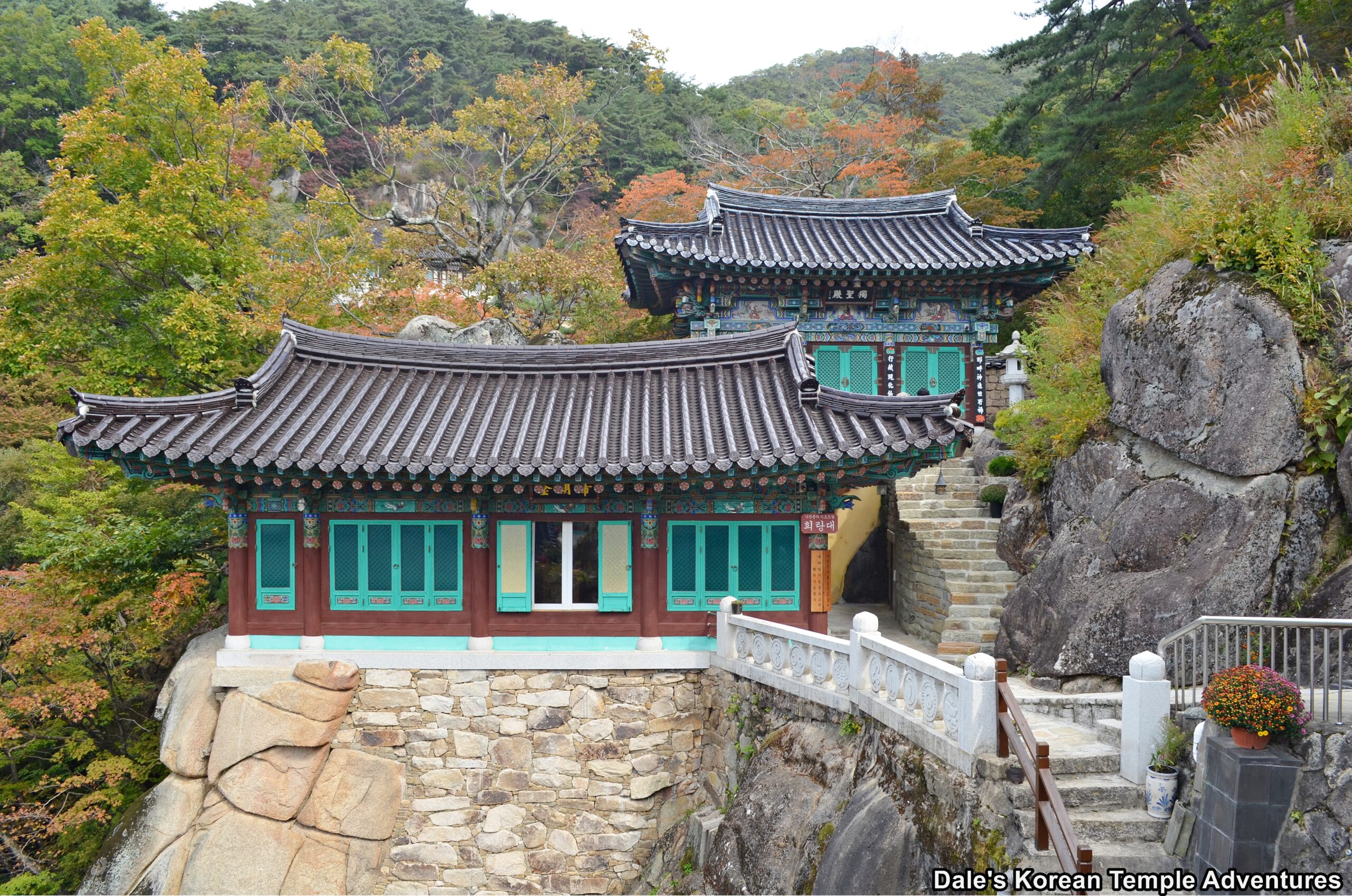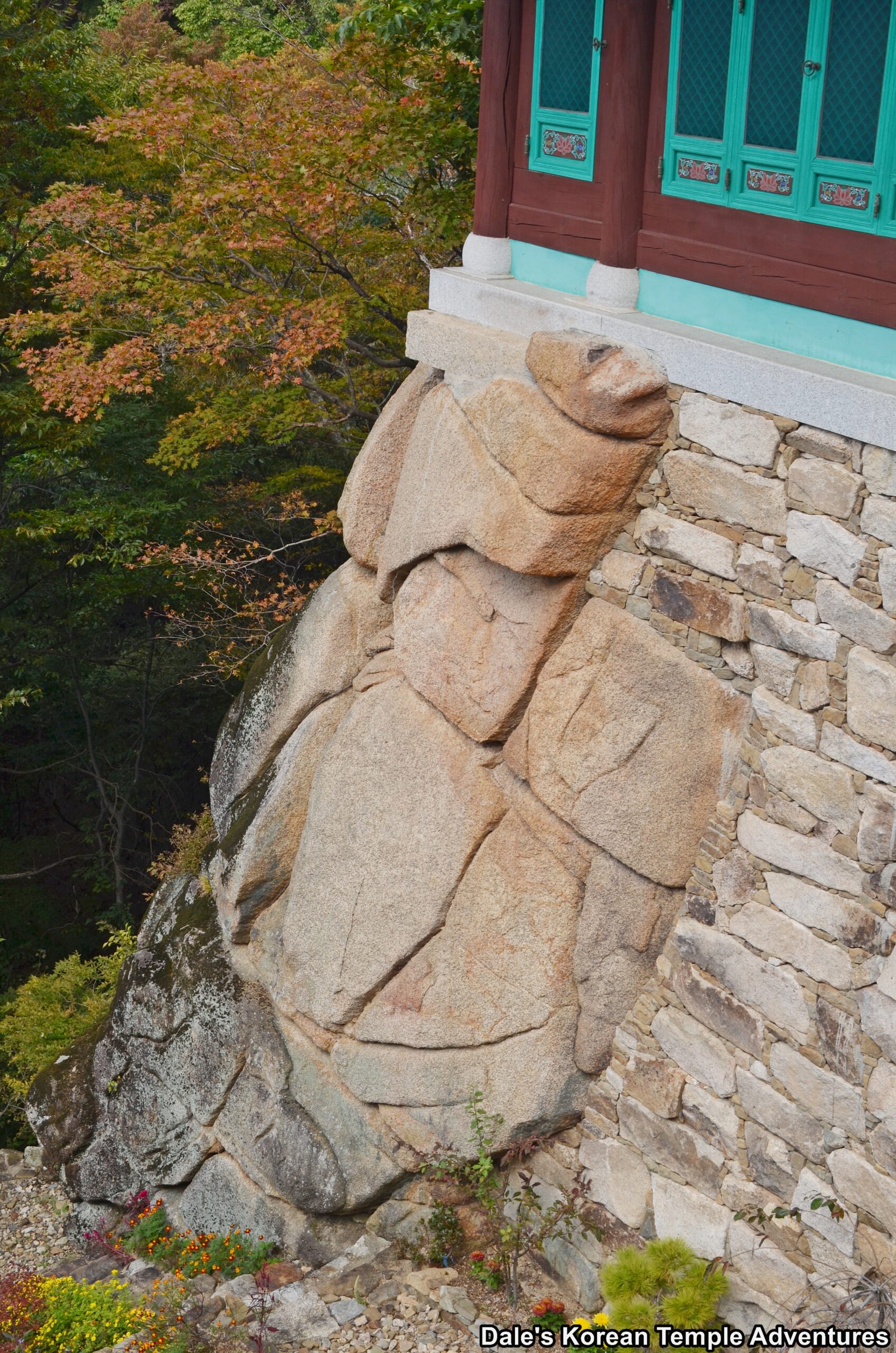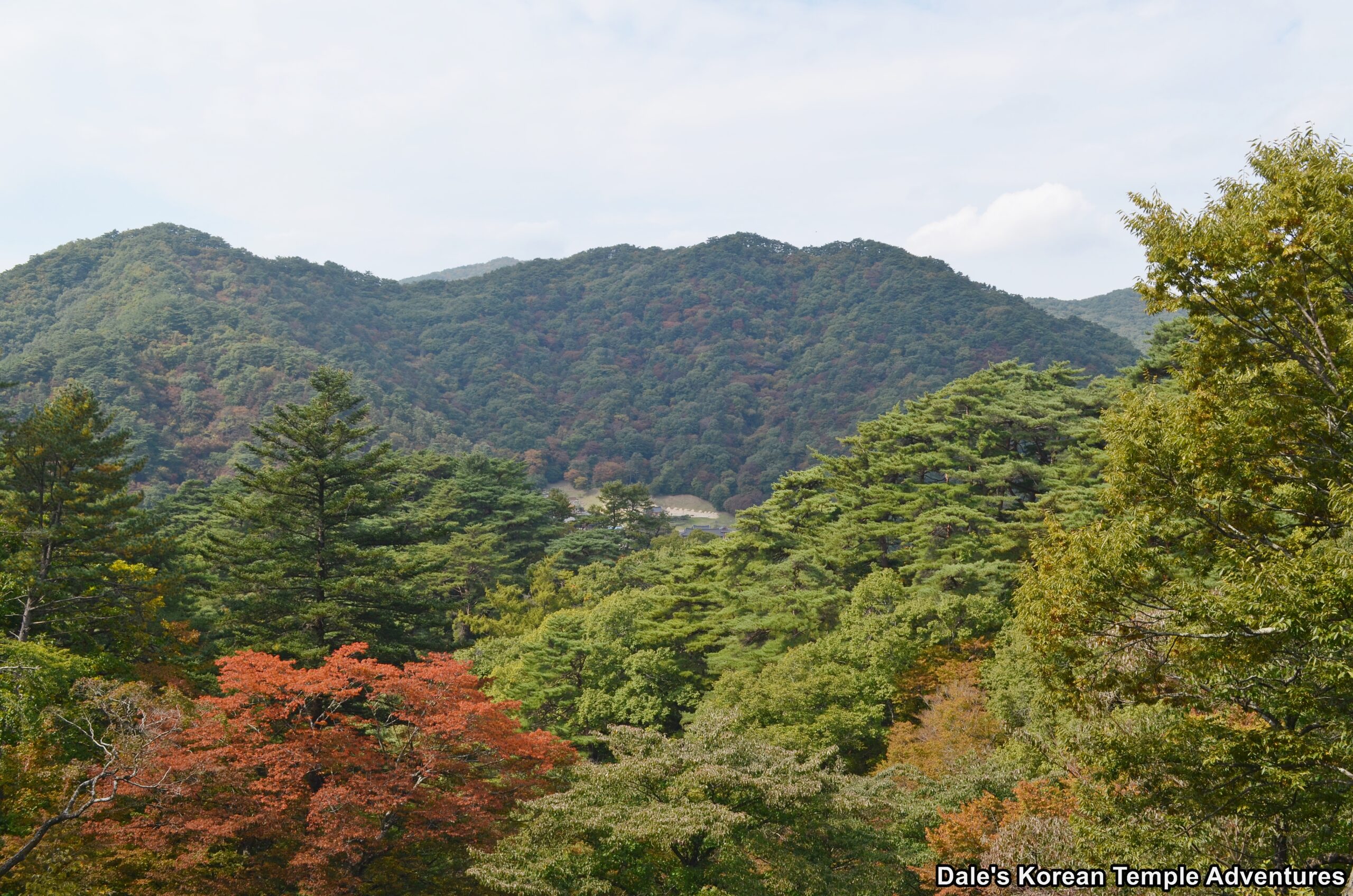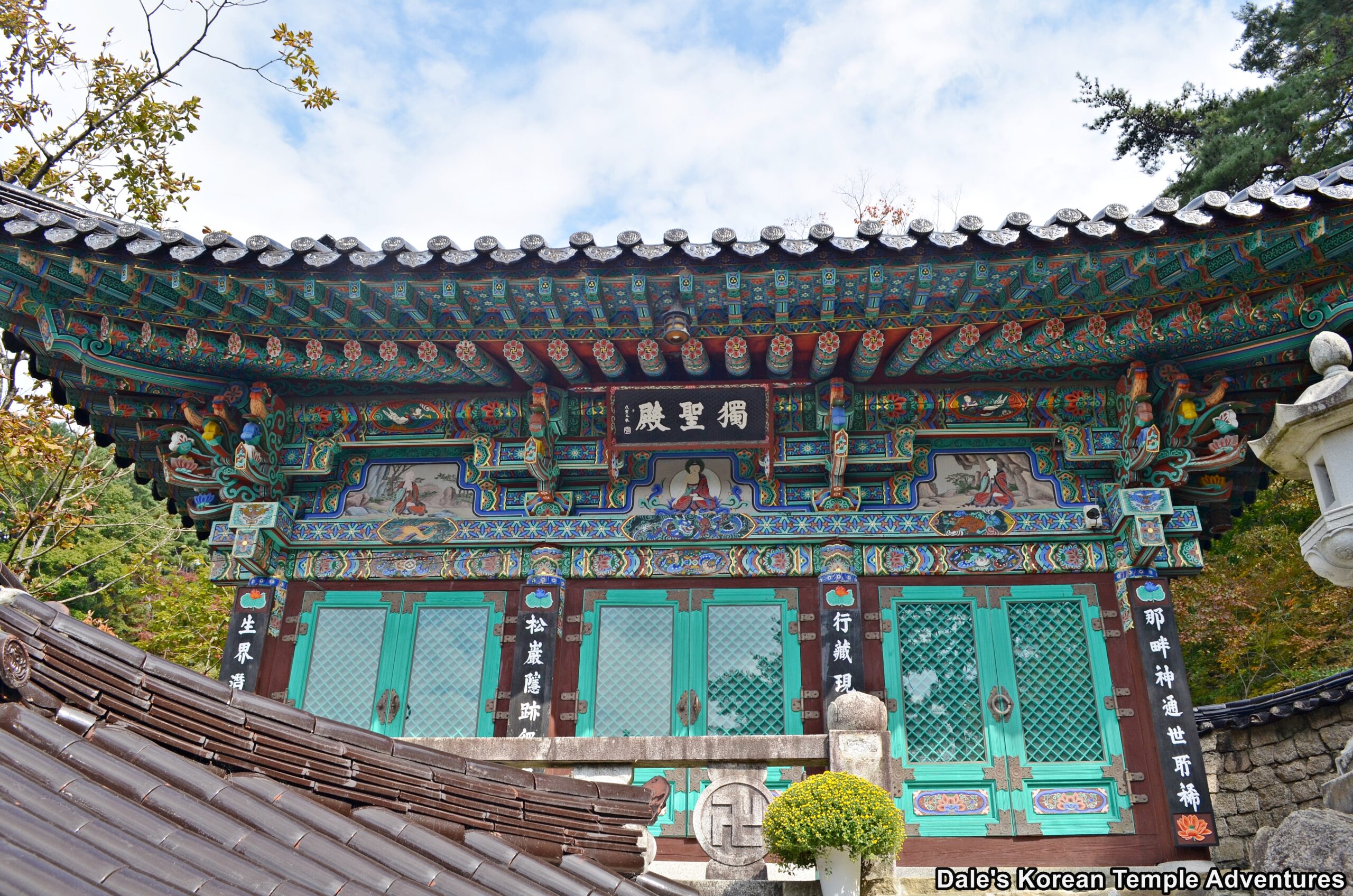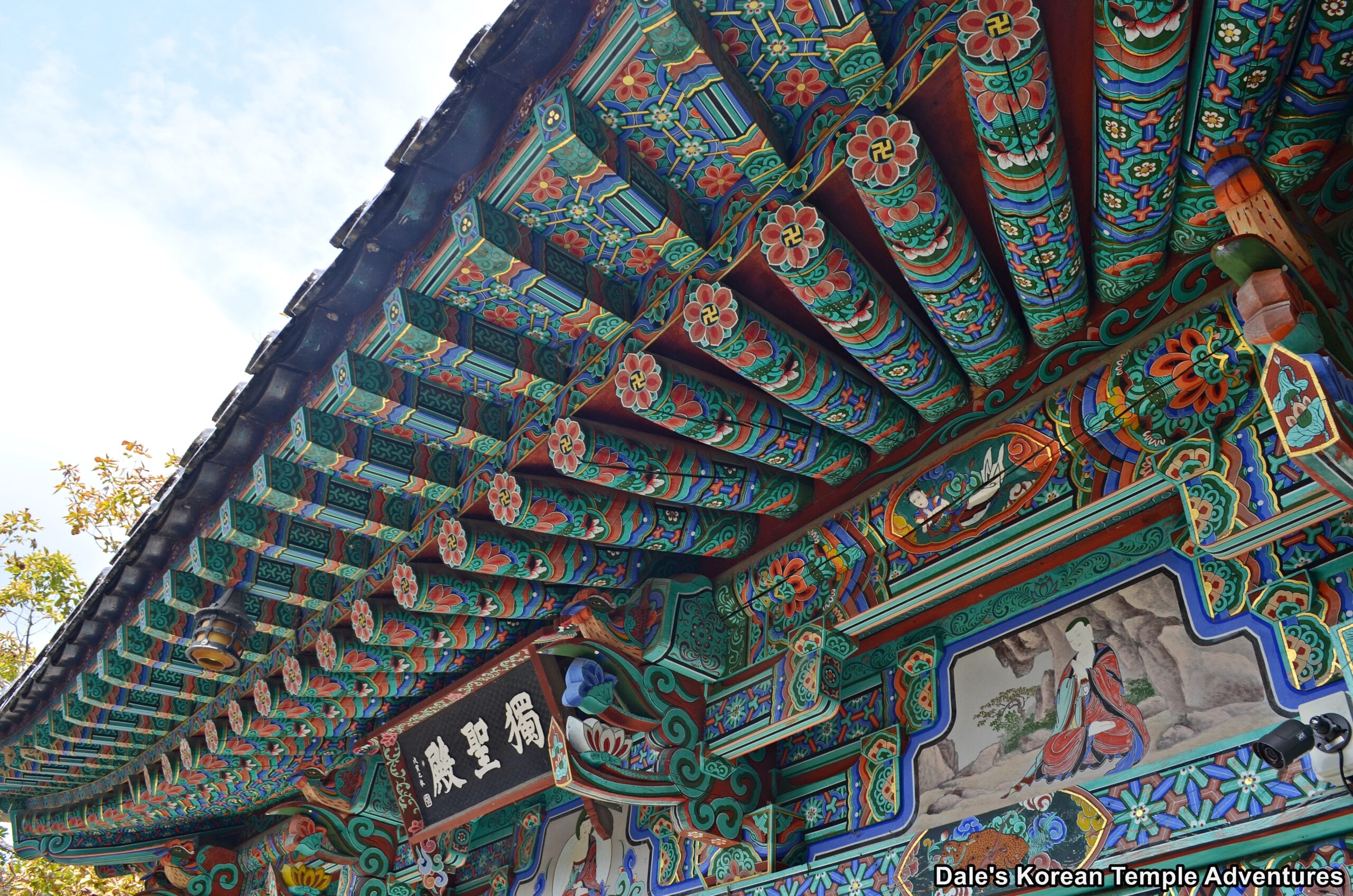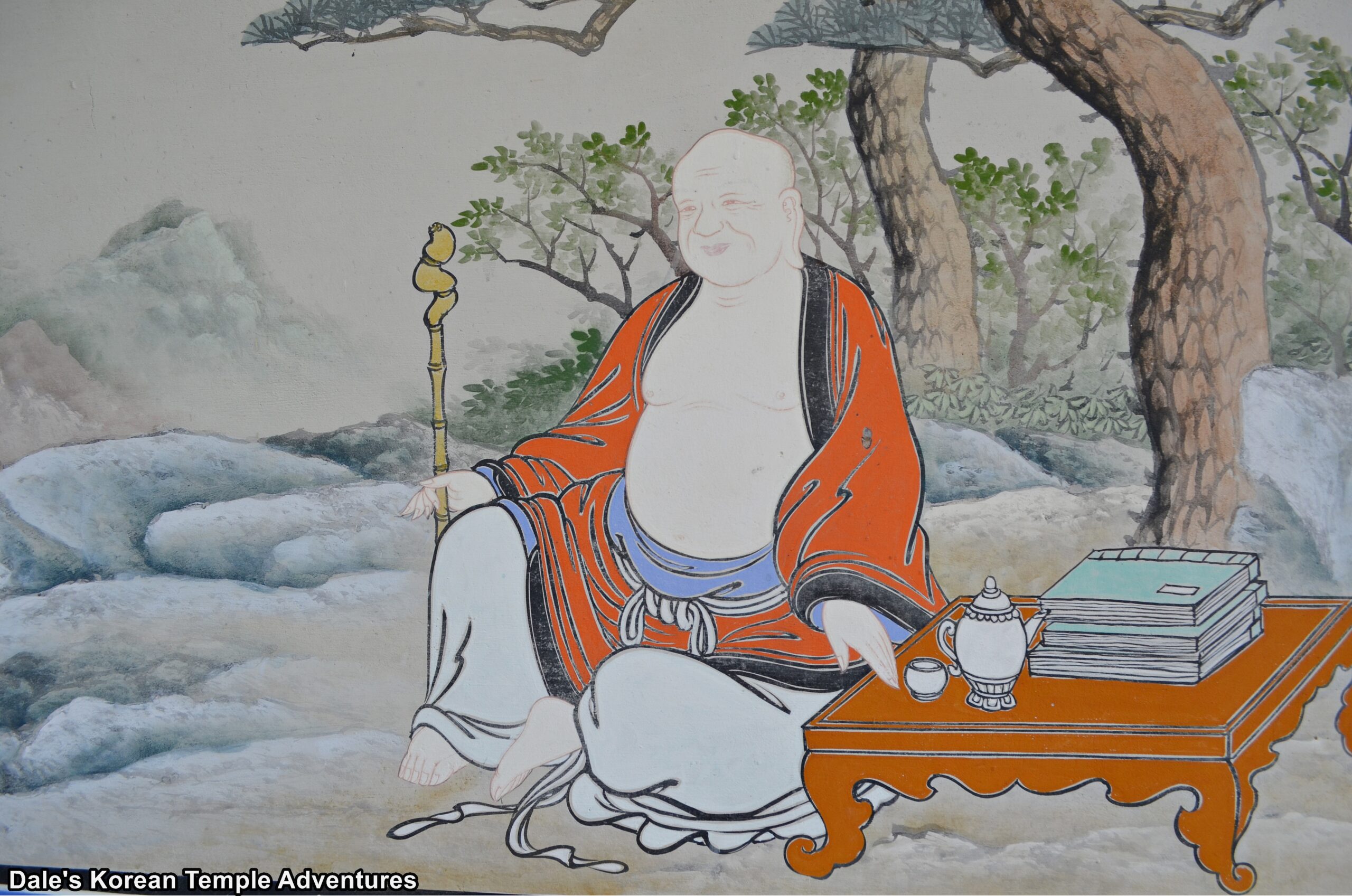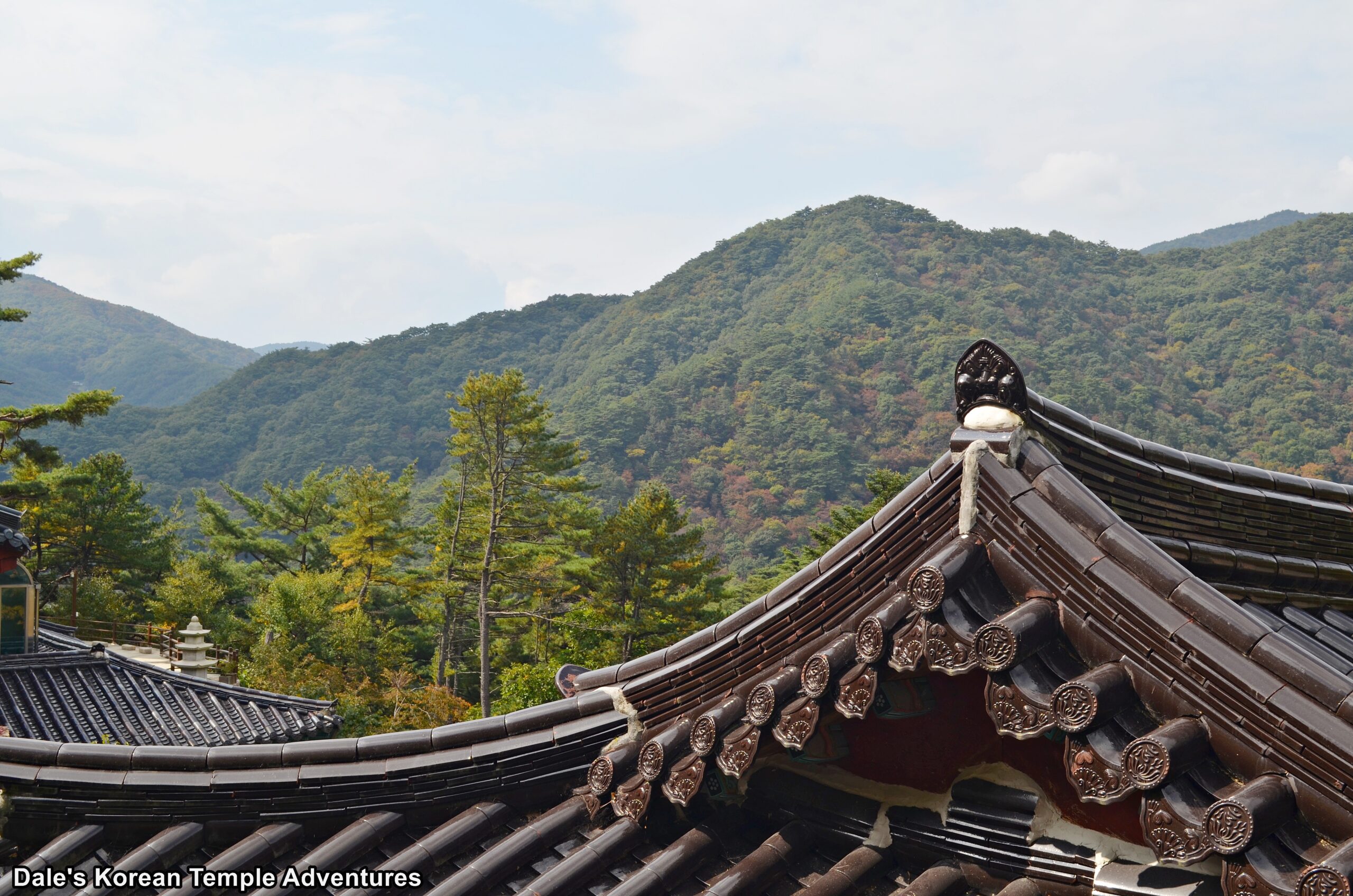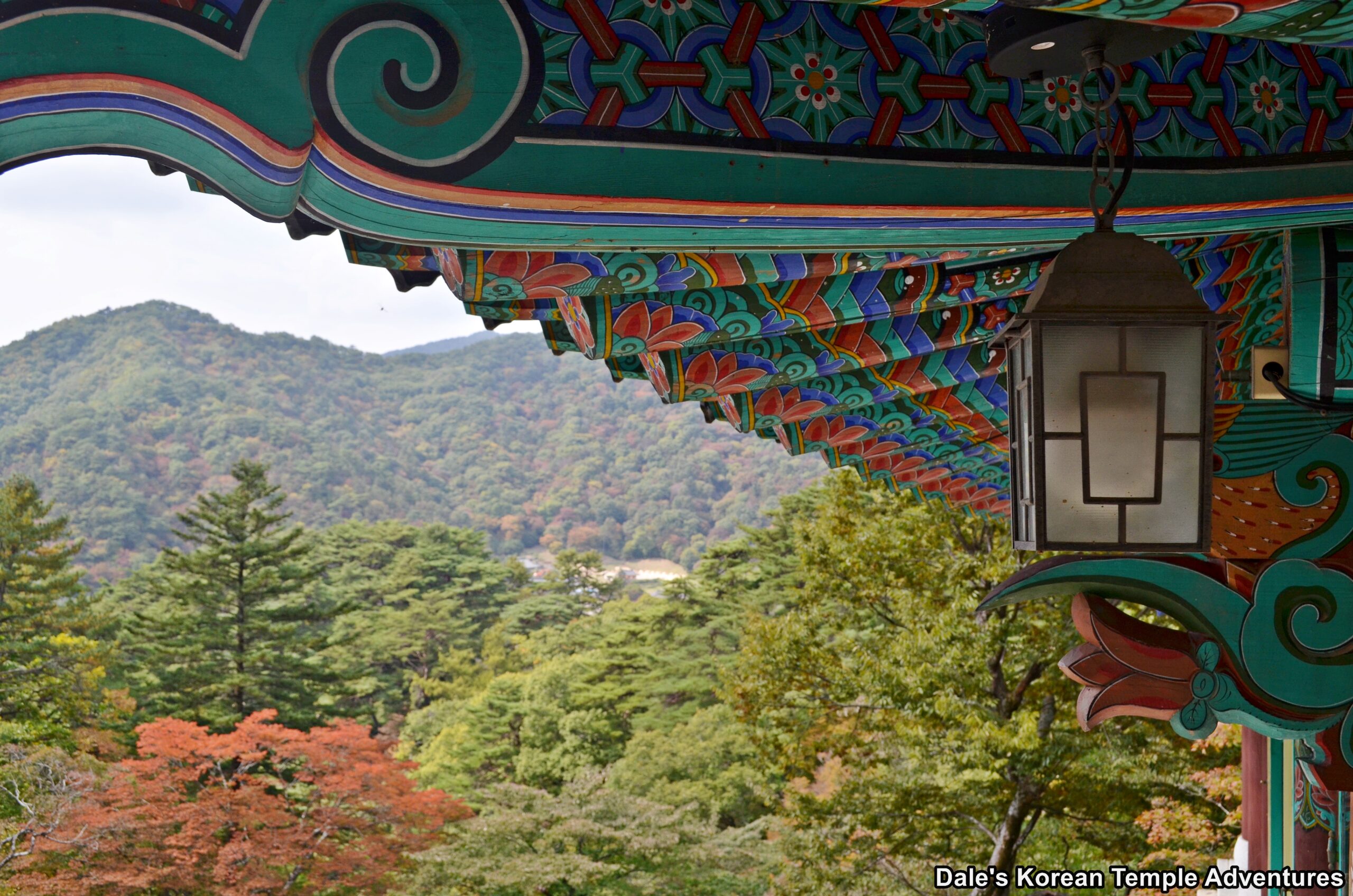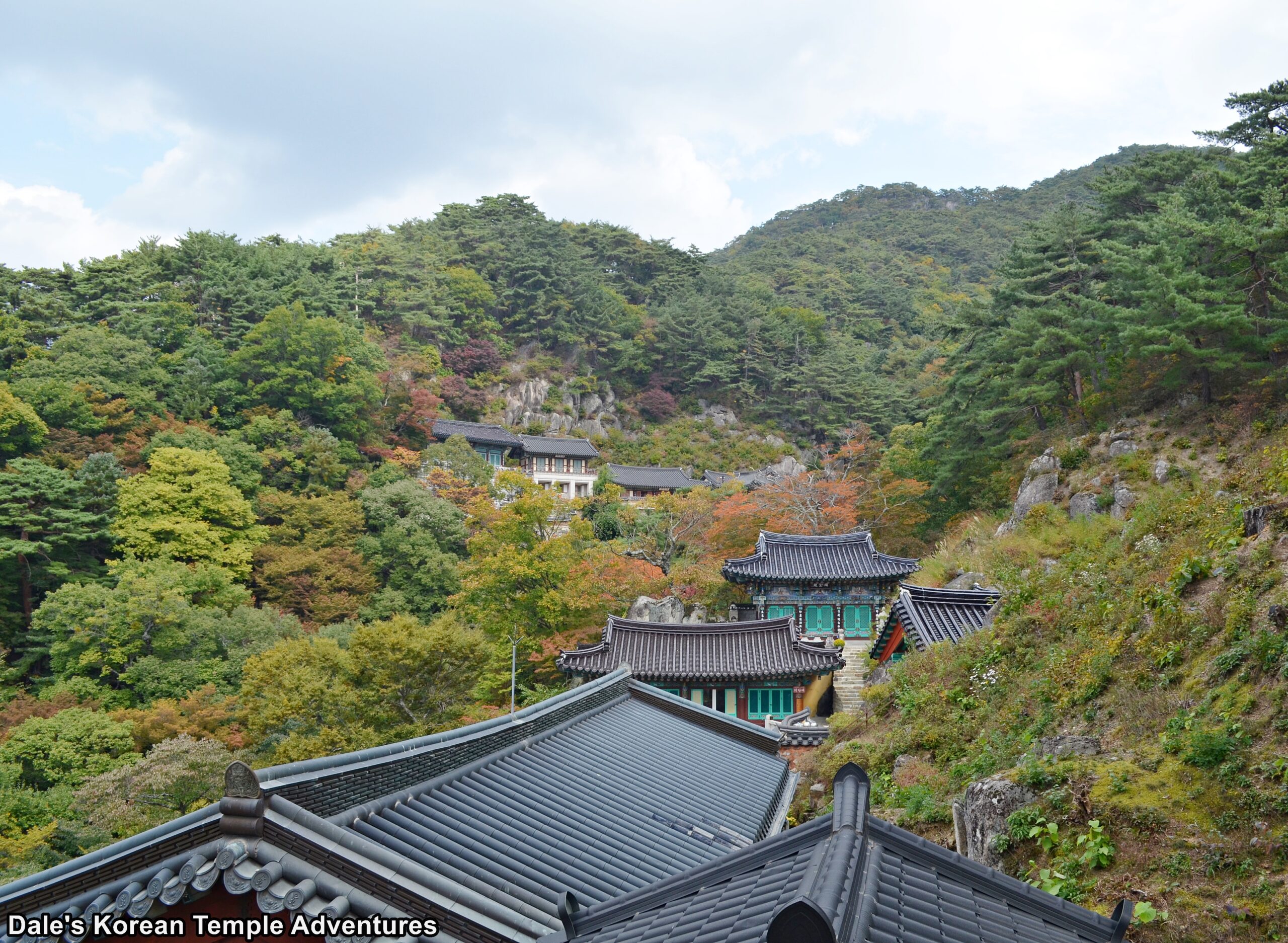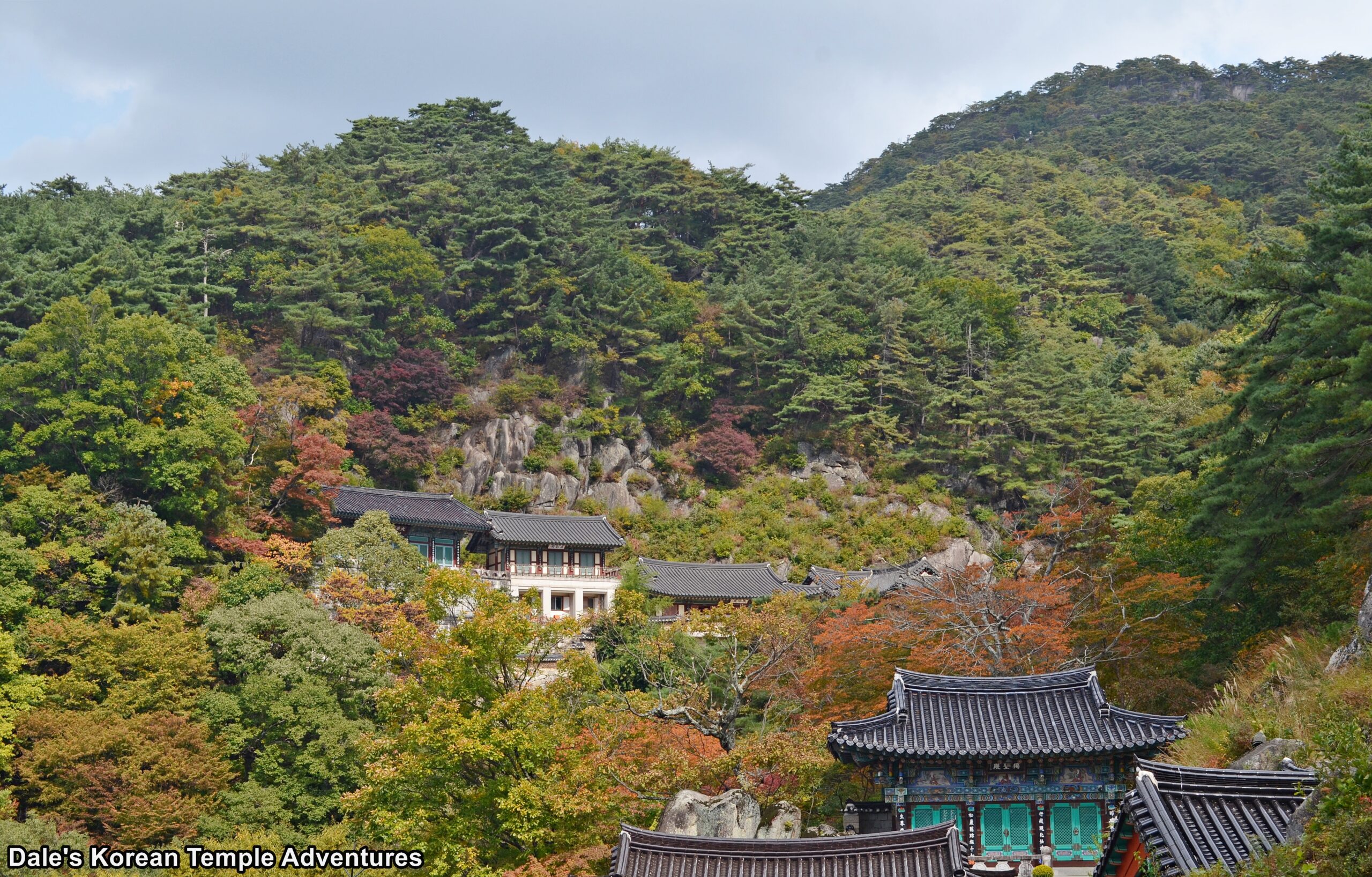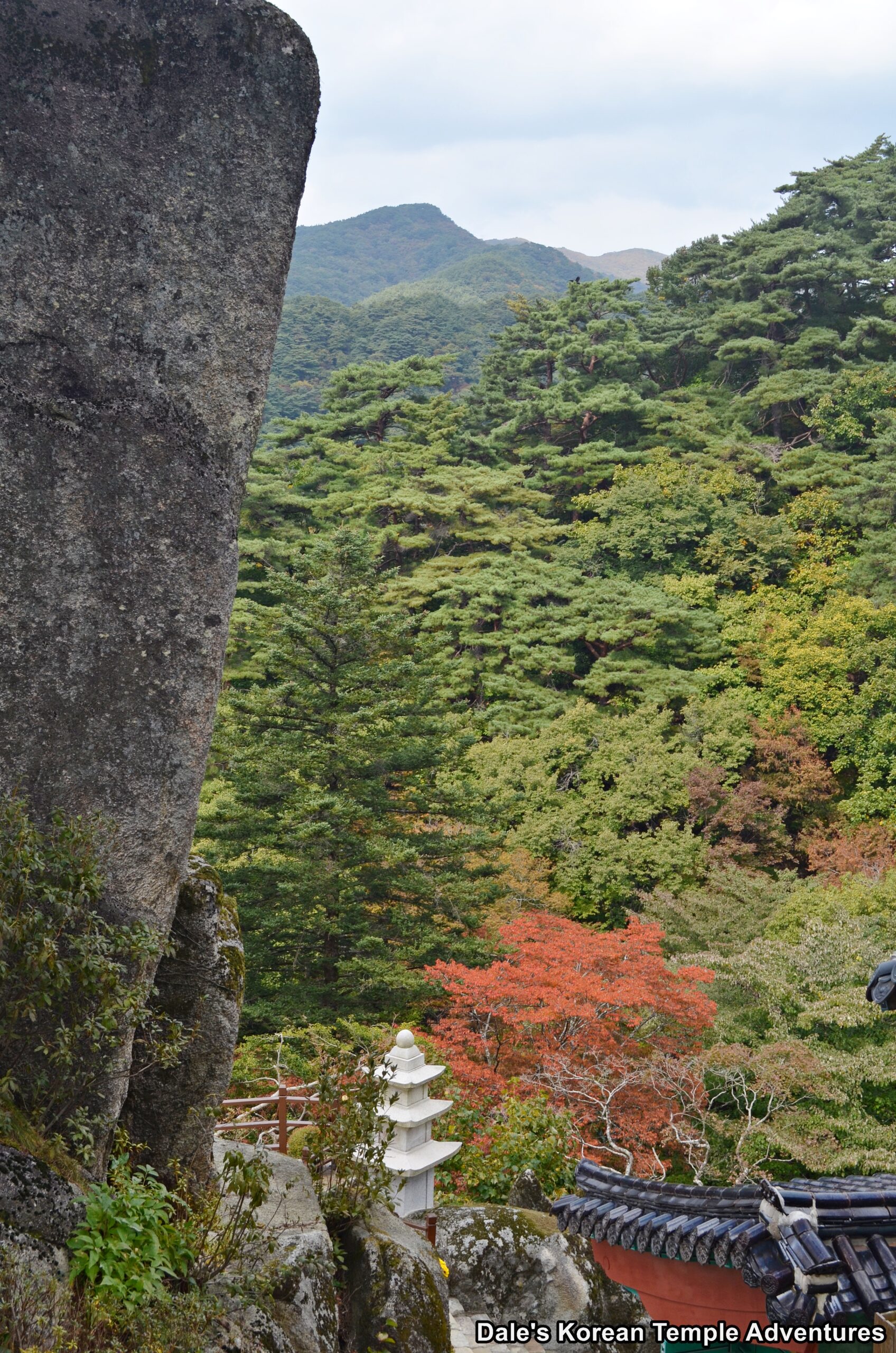Huirangdae Hermitage – 희랑대 (Hapcheon, Gyeongsangnam-do)

Hermitage History
Huirangdae Hermitage is located on the Haeinsa Temple grounds in Hapcheon, Gyeongsangnam-do. The picturesque hermitage was first founded by Huirang-josa (889-956 A.D.) at the end of the Silla Dynasty (57 B.C. – 935 A.D.). However, after the hermitage was first founded by Huirang-josa as a meditative retreat, very little is known about the hermitage beyond its founding.
As for Huirang-josa, he contributed greatly to the unification of the nation under Goryeo rule (918-1392). Not only that, but he helped in the development of Korean Buddhism. More specifically, it’s said that Huirang-josa was a scholarly monk who was well educated in the study of Hwaeom-jong (The Flower Garland Sect). Huirang-josa stayed at Haeinsa Temple and spiritually helped Wang Geon, who was to become the founder of the Goryeo Dynasty as King Taejo of Goryeo (r. 918-943 A.D.). Huirang-josa would go on to help rebuild and reconstruct large parts of Haeinsa Temple, as well.
More recently, Huirangdae Hermitage was rebuilt in 1940. And in subsequent years, it has been repaired and expanded.
This hermitage is often compared to the scenic Bodeokam Hermitage on Mt. Geumgangsan in present-day North Korea. The reason for this is the similar surroundings and beautiful views. Like Bodeokam Hermitage, a natural cliff is part of the topography around the hermitage, while stones were stacked between the rocks to help build a site for the shrine halls.
In addition to the topography, there is a legend that surrounds Huirangdae Hermitage, as well. According to this legend, there was a person who became rich by praying to the image of Dokseong (The Lonely Saint) inside the Samseong-gak Hall. Another interesting opinion is that the mountains surrounding the hermitage resemble that of a crab. Because of this belief, and the idea of crabs becoming entangled if they get too close to each other, only one monk lives at Huirangdae Hermitage at a time. I’m not sure if this is still true; but when I visited, I could only see one monk at the hermitage. One other interesting fact about the hermitage is that there used to be an old pine tree that was situated next to the Samseong-gak Hall. It was believed that this old pine tree was first planted by Huirang-josa. Ten years ago, this old pine tree dried up and eventually died.
Hermitage Layout
You first make your way towards Huirangdae Hermitage to the south of Haeinsa Temple and up a road that houses a cluster of hermitages. In a bend in a road, and just past the turn-off for Jijokam Hermitage, you’ll find Huirang-dae Hermitage. As you near the hermitage, you’ll instantly notice the amazing topography that the hermitage enjoys. Looking out towards the hermitage buildings, you’ll first encounter a diminutive and modern three-story stone pagoda. Beyond this pagoda, and past the hermitage buildings, you’ll see the beautifully framed Jijokam Hermitage in the background.
To your right, you’ll pass by the hermitage’s administrative offices, monks’ dorms, and kitchen. Beyond this collection of buildings, there’s a stone bridge that hugs the mountain face. The first of the two buildings in this area is the Huirangdae Hall, which is where Huirang-josa purportedly meditated. This shrine hall appears to be off-limits to the general public. You can tell just how special this part of the hermitage is, because if you look back you’ll notice other hermitages off in the distance including Bohyeonam Hermitage and Wondangam Hermitage. The view is especially beautiful during the autumn months. And if you look down, you’ll see the terraced stonework that supports the southern part of the hermitage grounds. Also, if you look a bit further north, and just below the Huirangdae shrine hall, you’ll see what almost looks like the contours of the Buddha’s face and body protruding out from the mountain wall.
Beyond the Huirangdae Hall, you’ll notice another hermitage shrine hall. This is the Samseong-gak Hall. The exterior walls to this shaman shrine hall are beautifully adorned in dancheong colours and murals dedicated to the Nahan (The Historical Disciples of the Buddha), Dokseong (The Lonely Saint), and various dragons and phoenixes. Stepping inside the Samseong-gak Hall, you’ll find the central image of Dokseong (The Lonely Saint) in the centre of the three most popular shaman deities. This is rather peculiar because it’s typically Chilseong (The Seven Stars) that’s situated in the centre of the three shaman deities. The reason for this is the unique energy that surrounds Dokseong. The reason for this belief in this spiritual energy is that numerous wishes have been granted after praying to this statue of Dokseong including becoming rich. To the right of the central image of Dokseong is a rather uniquely painted image of Chilseong. And to the left of this central image of Dokseong is an older mural dedicated to Sanshin (The Mountain Spirit). This image of Sanshin is hooded, and he holds a green leaf fan in his left hand. At his side is a roaring tiger. It almost appears as though Sanshin is partially seated atop this ferocious tiger.
While heading back to the hermitage parking lot, you’ll notice a small set of stairs to the rear of the monks’ facilities. These stairs lead up to a mountaintop trail and overlook. From this overlook, you get another amazing look out towards the neighbouring hermitages, as well as a pretty spectacular view of Huirangdae Hermitage.
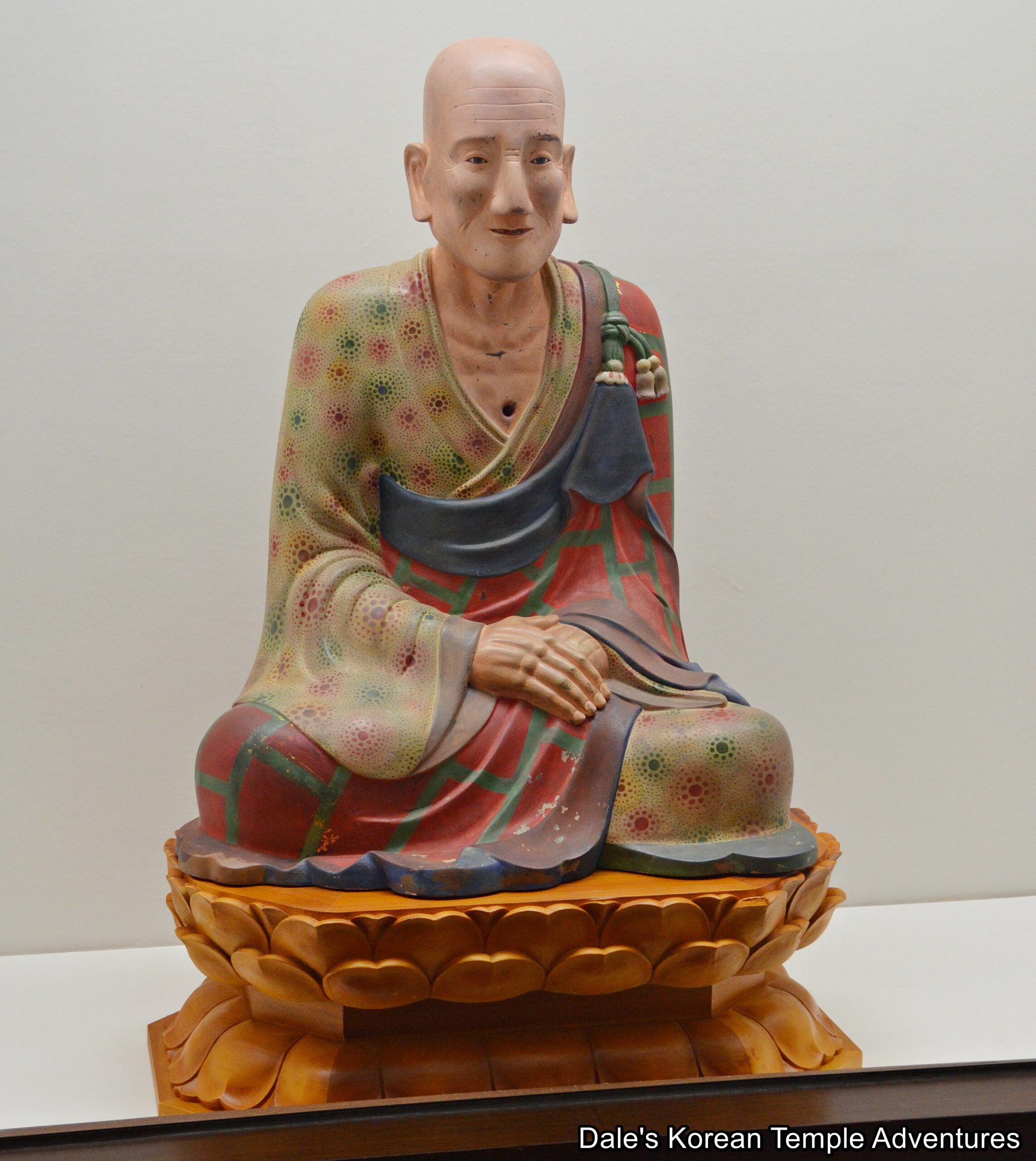
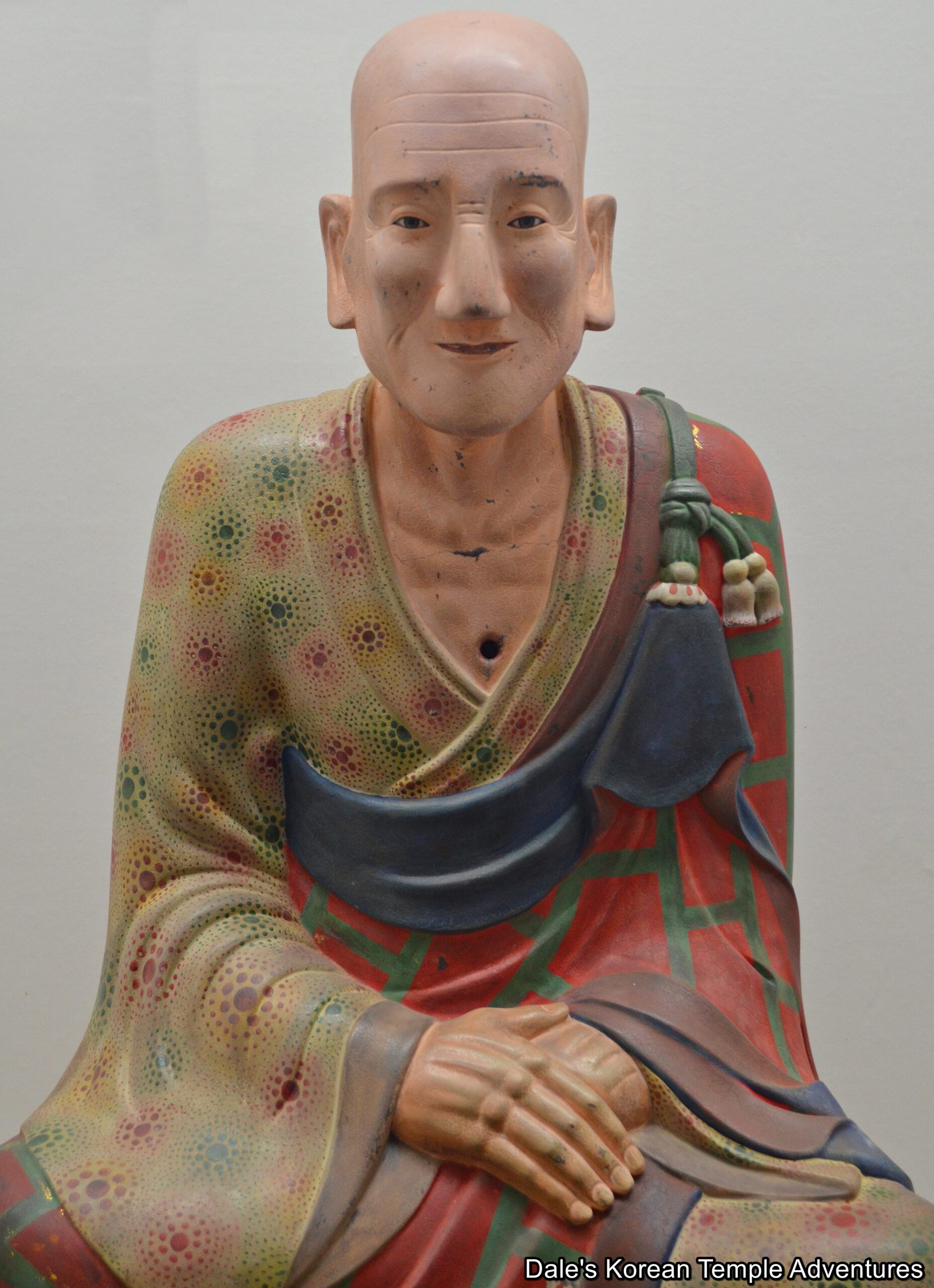
The “Dry-lacquered Seated Statue of Buddhist Monk Huirang at Haeinsa Temple”
As a bit of a side note, but since it’s still relevant to Huirang-josa, I thought I would mention it here. In 2020, the “Dry-lacquered Seated Statue of Buddhist Monk Huirang at Haeinsa Temple” was named as a National Treasure. This statue of Huirang-josa is the only extant carved representation of an eminent Korean Buddhist monk in the country. It’s presumed to have first been made in the early part of the 10th century. This was at a time when many carved images of monks were being made in both China and Japan but not on the Korean Peninsula.
According to records from the Joseon Dynasty (1392-1910), this statue was kept at Haeinsa Temple; however, it was moved around quite a bit at the temple, moving from the Haehaeng-dang Hall, the Jinsang-jeon Hall, and the Josa-jeon Hall. And finally, it was housed inside the Bojang-jeon Hall for hundreds of years until it arrived at its current address inside the Haeinsa Temple Museum.
As for the style of the statue, it has realistic features. The statue has a tranquil gaze, a light smile, and an emaciated-looking body and face. Additionally, there is a small hole made in the centre of the chest. According to a legend, the hole was made to let mosquitoes suck blood from the statue. This would help prevent other living monks from being bitten. Additionally, the hole in the chest of a highly respected monk is thought to also symbolize supernatural powers.
How To Get There
To get to Huirangdae Hermitage, you’ll first need to get to Haeinsa Temple. And to get to Haeinsa Temple, you’ll first need to get to the Seobu Bus Terminal in Daegu. From here, you can catch an express bus to Haeinsa Temple. This express bus departs every 40 minutes, and the bus ride lasts about an hour and a half. After arriving at Haeinsa Temple, you’ll need to head south from the Iljumun Gate. You’ll pass by a collection of biseok (stele) and budo (stupa). There is a mountain road with a large rock and sign markers that point you towards the four hermitages in this area of the Haeinsa Temple grounds. You’ll first pass Gukilam Hermitage along the way, until you eventually come to a road to your left. This is the road that leads up to Huirangdae Hermitage. In total, the walk from Haeinsa Temple to Huirangdae Hermitage takes about 24 minutes, or 1 km, up a mountainside road.
Overall Rating: 5/10
By far, the best thing about Huirangdae Hermitage are the views. From this hermitage, you can see all of the neighbouring hermitages, as well as the beautiful peaks of Mt. Gaysan (1,433 m) off in the distance. In addition to all of the spectacular views, especially during the autumn months, take your time to enjoy the interior of the Samseong-gak Hall. All three of the paintings and murals dedicated to Sanshin, Dokseong, and Chilseong are masterful in their own right. And if you have the time, make your way over to the Haeinsa Museum to see the “Dry-lacquered Seated Statue of Buddhist Monk Huirang at Haeinsa Temple.” The historic statue is both stunning and unique.

